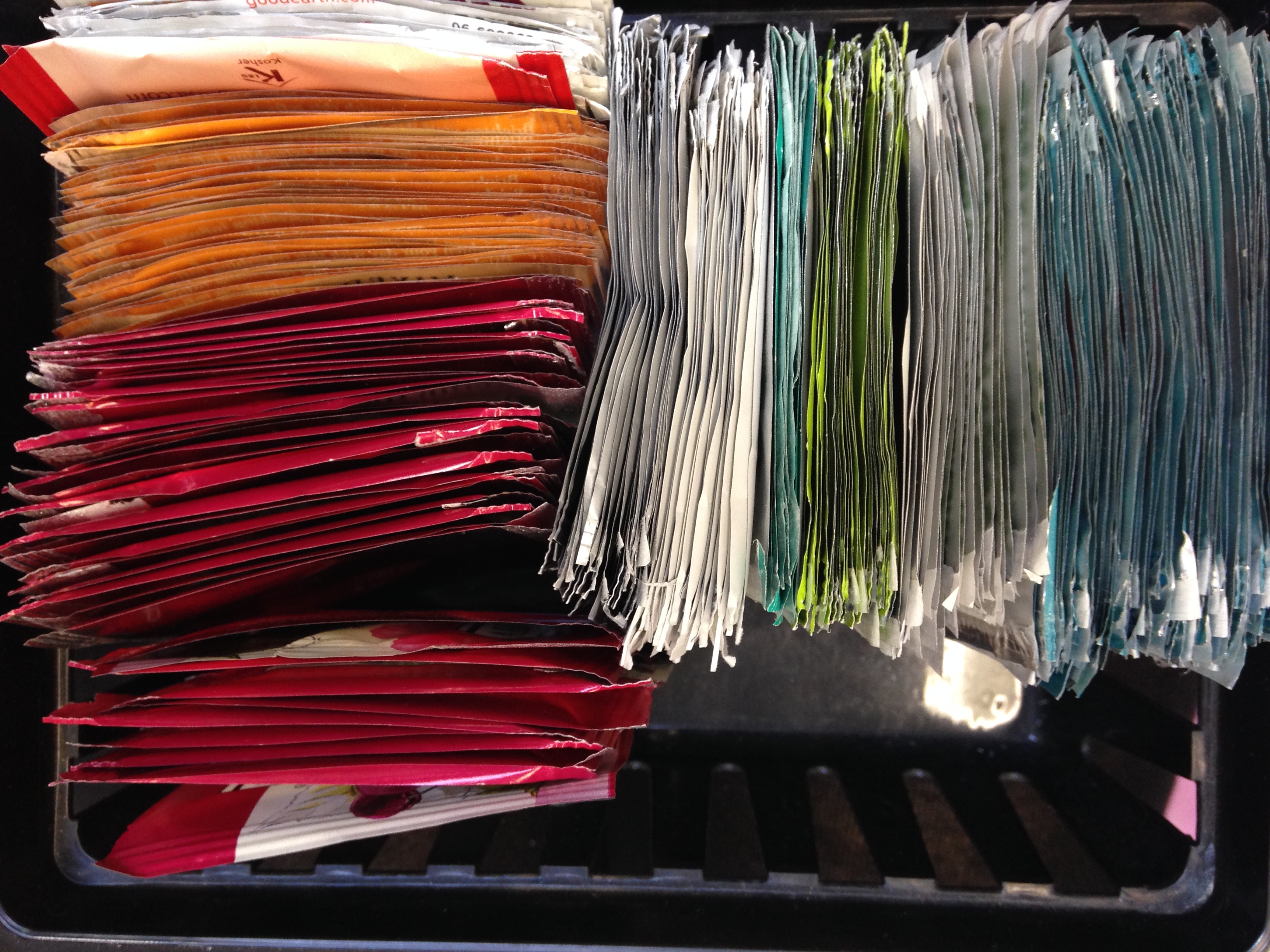To be alone but not alone—
Denise talks about sound—she is in the central complex of studios where the wood-shop, bathrooms, gallery and big kitchen are located—she is in an internal studio under a skylight—if this were a circle, she is the bullseye of the studio—surrounded on all sides by artists—all walls leading to other artists’ walls—so I am not surprised she mentions sound—“I can hear myself hammering”— “I can hear the mixing of paint next door—of the brush swishing in the water—I love that sound!” — “I can hear the wood-shop—drills, saws, people giggling”

Being alone but not alone—Denise has been in these studios for ten years— she grew up near the Mission—her mother putting a portable washing machine on lay-away at the Redlick’s show room which is now Thrift Town. Isolation is a huge factor that artists contend with, because the work itself often requires solitude—the process of developing ideas and defining voice require introspection. Sometimes that is experienced as solitude and sometimes that is experienced as isolation—these two experiences are different.

“Knowing other artists are in the same space—getting feedback—and knowing that someone else is obsessively collecting packaging—saving tea bags—cataloging and monitoring personal use”—Denise is across from Kate—Kate collects her tetra packs and tea bag packaging at home and places them at Denise’s door—and Truong comes scavenging in Denise’s space— he calls her space “Denise’s Mercantile.”
Denise was in India and saw handbags made out of tetra packs—she thought about the possibility of this material—the reuse—reuse is central to her work—she opens a plastic sushi container to show me a miniature clothing line made of cut labels—it is so seamless I hardly realize what the material I am looking at is—this is the tag in all our sweatshirts and t-shirts—the white tag with the tiny print that tells you the fabric is nylon or cotton or some percentage of various materials—it is that itchy tag that gets cut out because it is scratching the side of your waist or the back of your neck—and now it has become something delicate and fine—displayed in yet another container we hardly think about when we eat take-away sushi.

Every shelf and every box is carefully stored material—she takes a tea bag package—rips the corner—pulls the tea bag out—opens the foil—lays it flat on her pink leather chair—showing me the silver lining—this lining is then folded into a shape and placed—hundreds of these foils on gator board, using glue & industrial double sided glue tape—the series is called “mylar reveries.”

Denise doesn’t want to work from home—this is a space she knows she can come to—with white walls that she doesn’t have to worry about—she can move material and work freely on the walls, tacking, pinning, working small and large—and for her this has an ephemeral quality—this is her space to “tinker”—and tinker reminds me of people who fix watches and clocks—who can pay attention to the smallest details—observe the gears that monitor time—Denise is monitoring our packages—she is paying attention—to the interior quality of our everyday use—and reminding us of its quality—its potential—and she talks about the sloshing paint being mixed in a bowl—I too love that sound.

What is happening to this artist community is happening to the whole neighborhood. There are people inside these buildings and homes that have been here for years—and somehow we are not peeling open the package—we are not looking at the label—at the percentage of what this city is made of—this building with Thrift Town and the fabric store at its base is designated work space—designated actually as furniture storage—there is this lack of trust in the city’s system—there is zoning and laws to protect people but there are loopholes—those who have money or political connections find those loopholes quickly—the space “cannot be converted to high-end office space”—it is not zoned for office space—but who will be able to afford the new rent?—for whom is this space being renovated?
—
More about Denise Laws: deniselaws.com
—
About STUDIO 17: The Artists’ Space by Alex Nichols
At the end of June—a community of over 70 artists—at the heart of San Francisco’s Mission District—must leave STUDIO 17 to make way for high-cost working space. This blog will catalog the end of this community above Thrift Town (on Mission &17th Street) and what it means. To understand what is being lost—I will spend the next two months carefully observing how artists work in their space—to give an intimate look at the inside of this community.
—
More about Alex Nichols: alexhnichols.com
Read more:
Feature on Alex Nichols and STUDIO 17: The Artists’ Space
How the journey began… STUDIO 17: The Artists’ Space by Alex Nichols
—
More Featured Artists:
—
Published on April 9, 2015